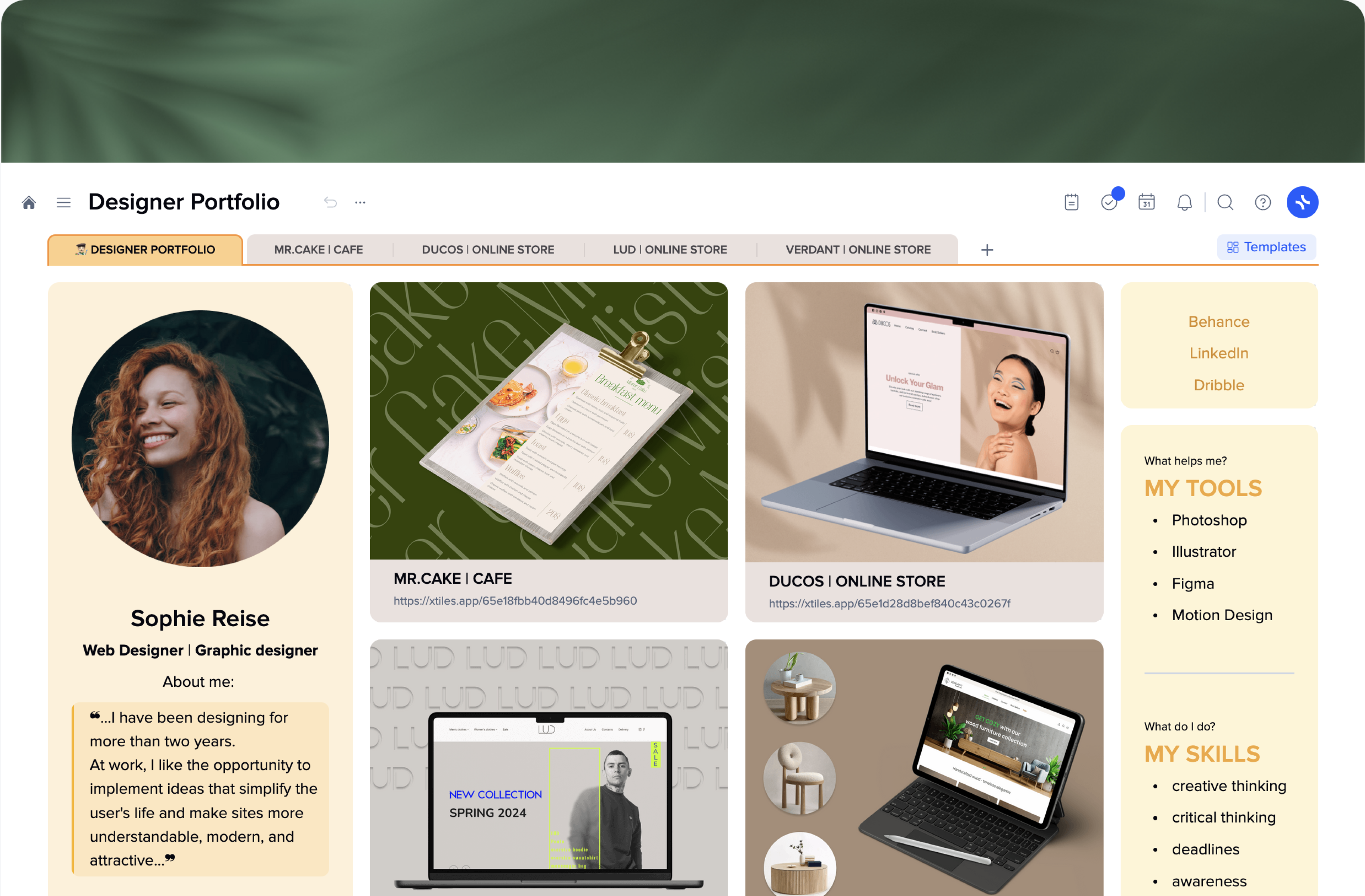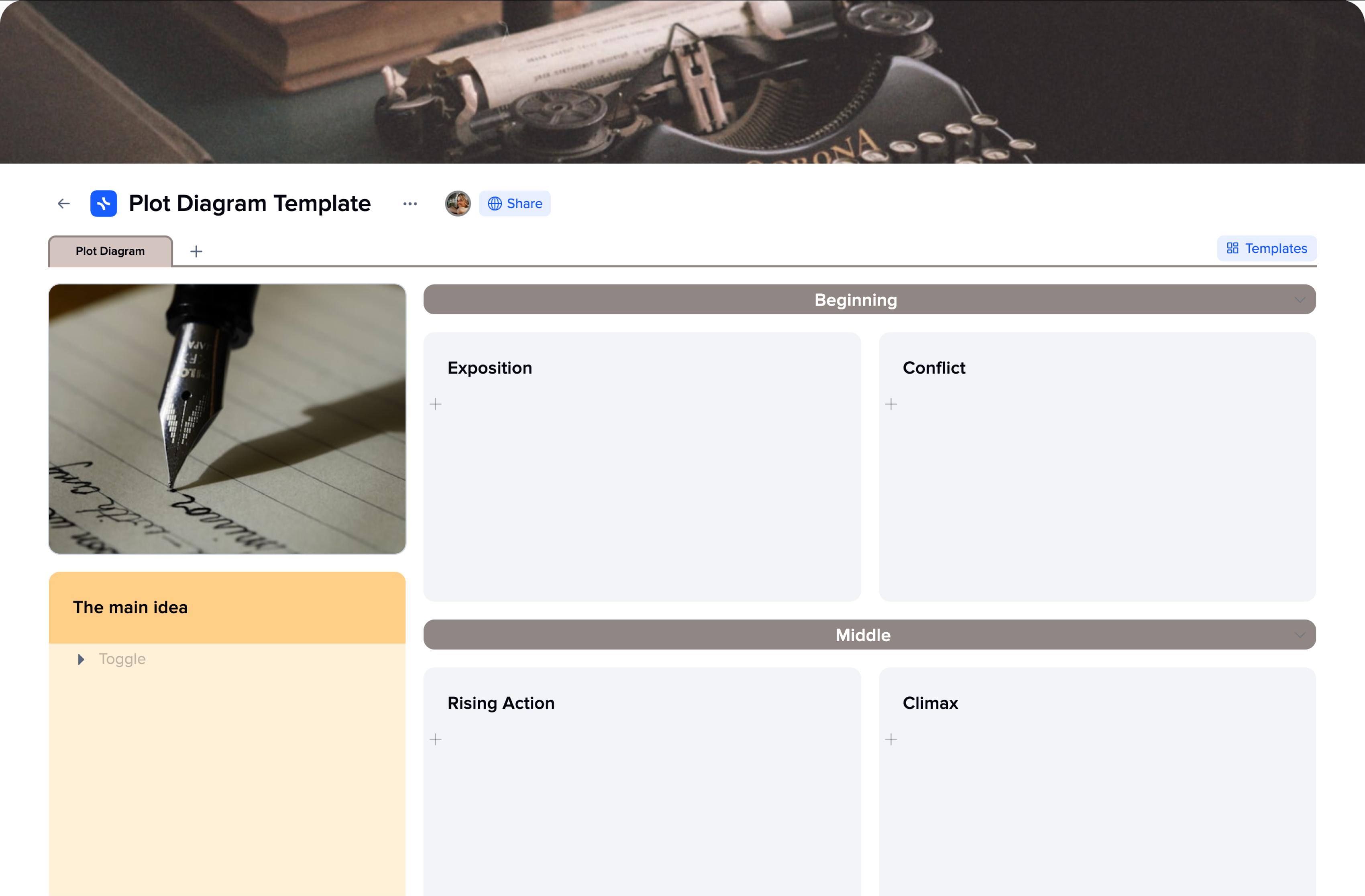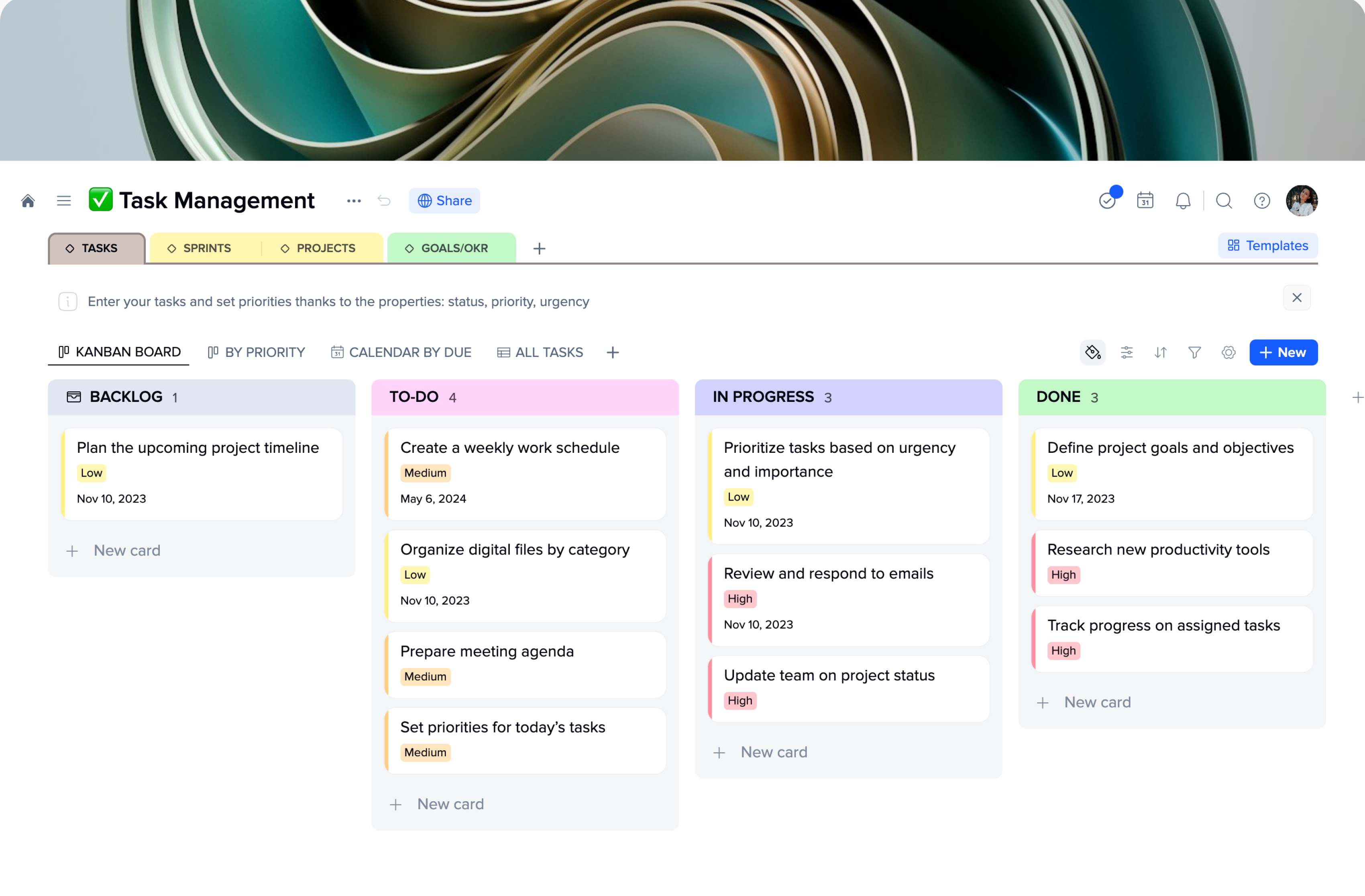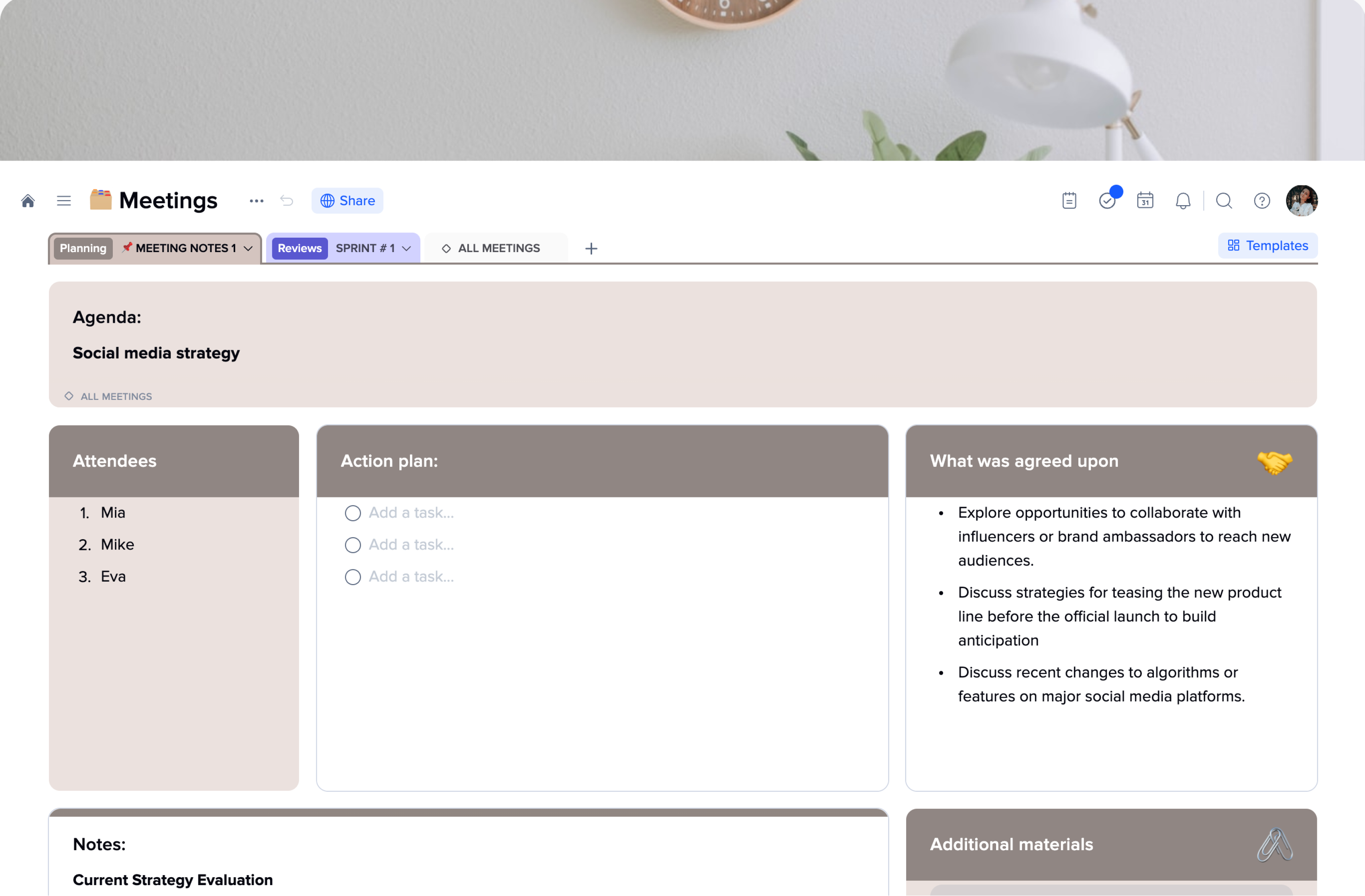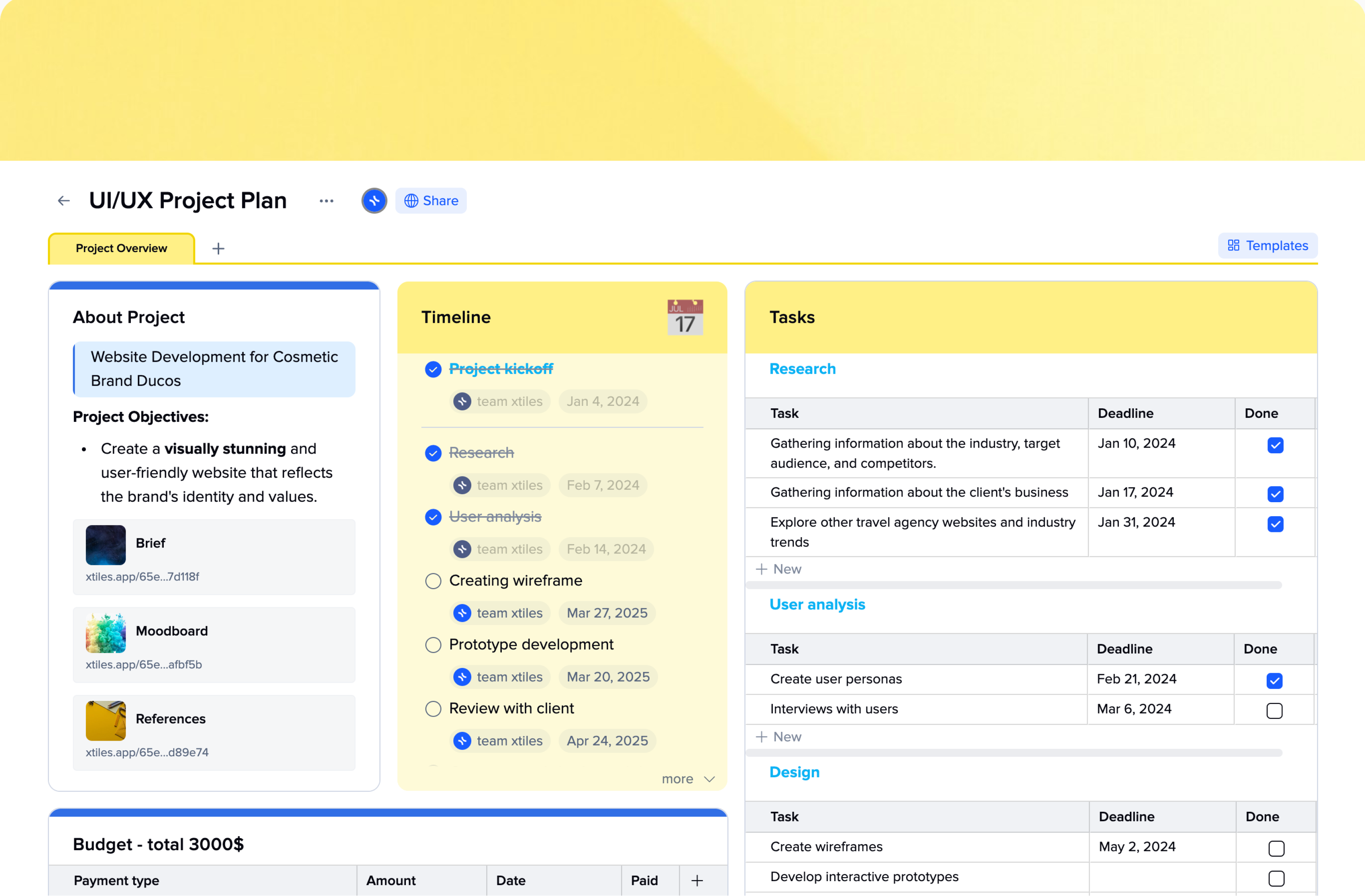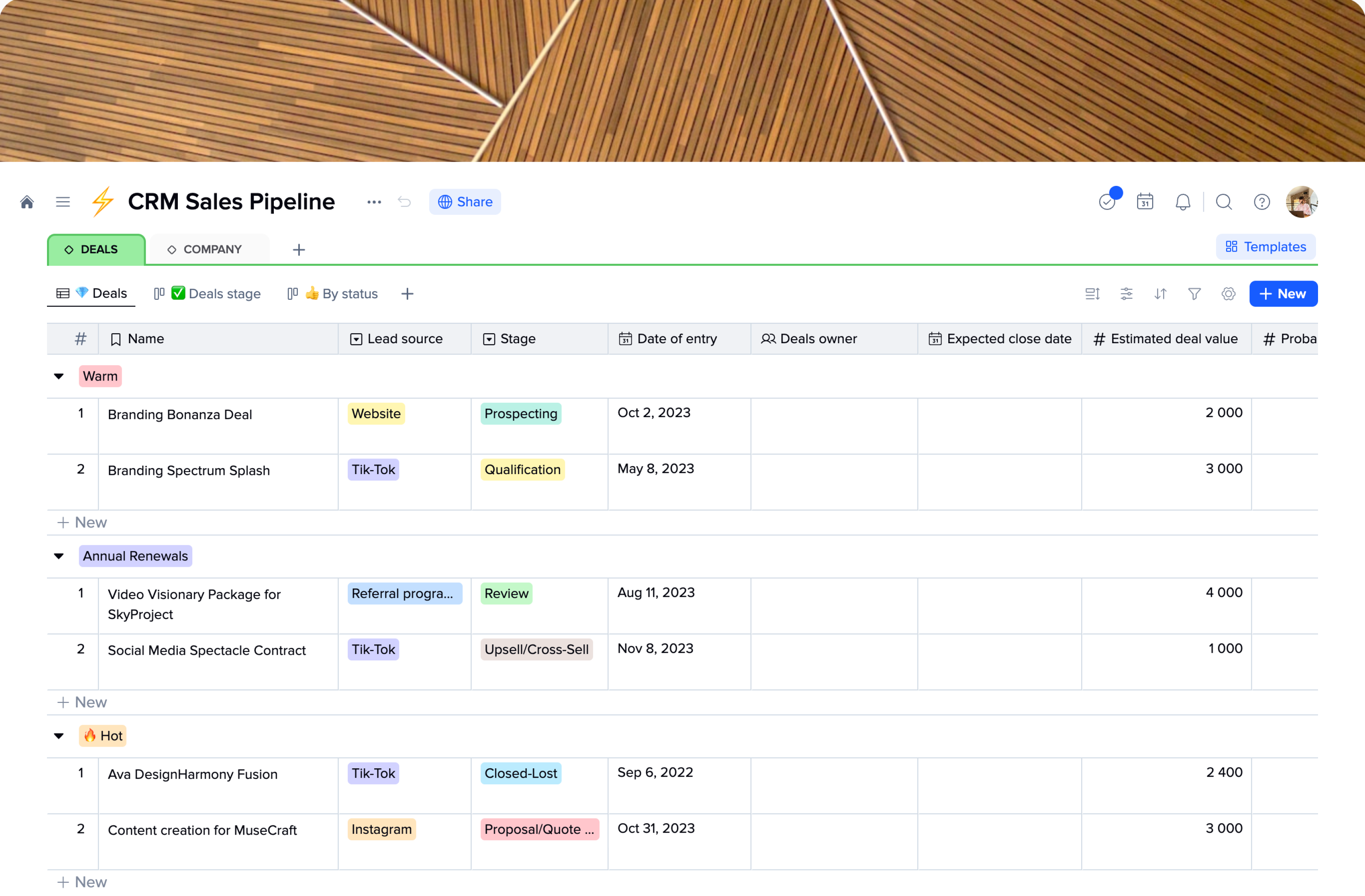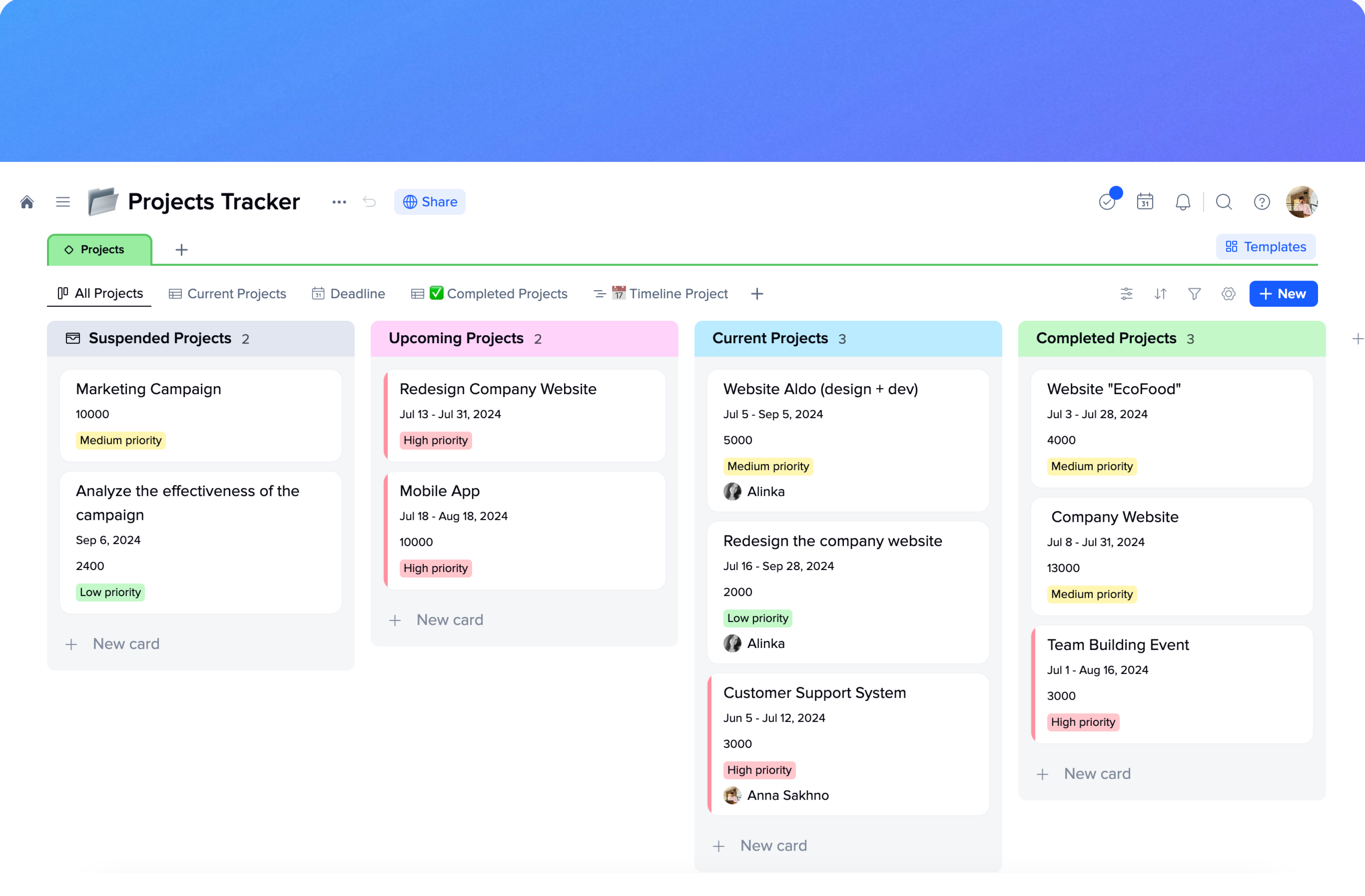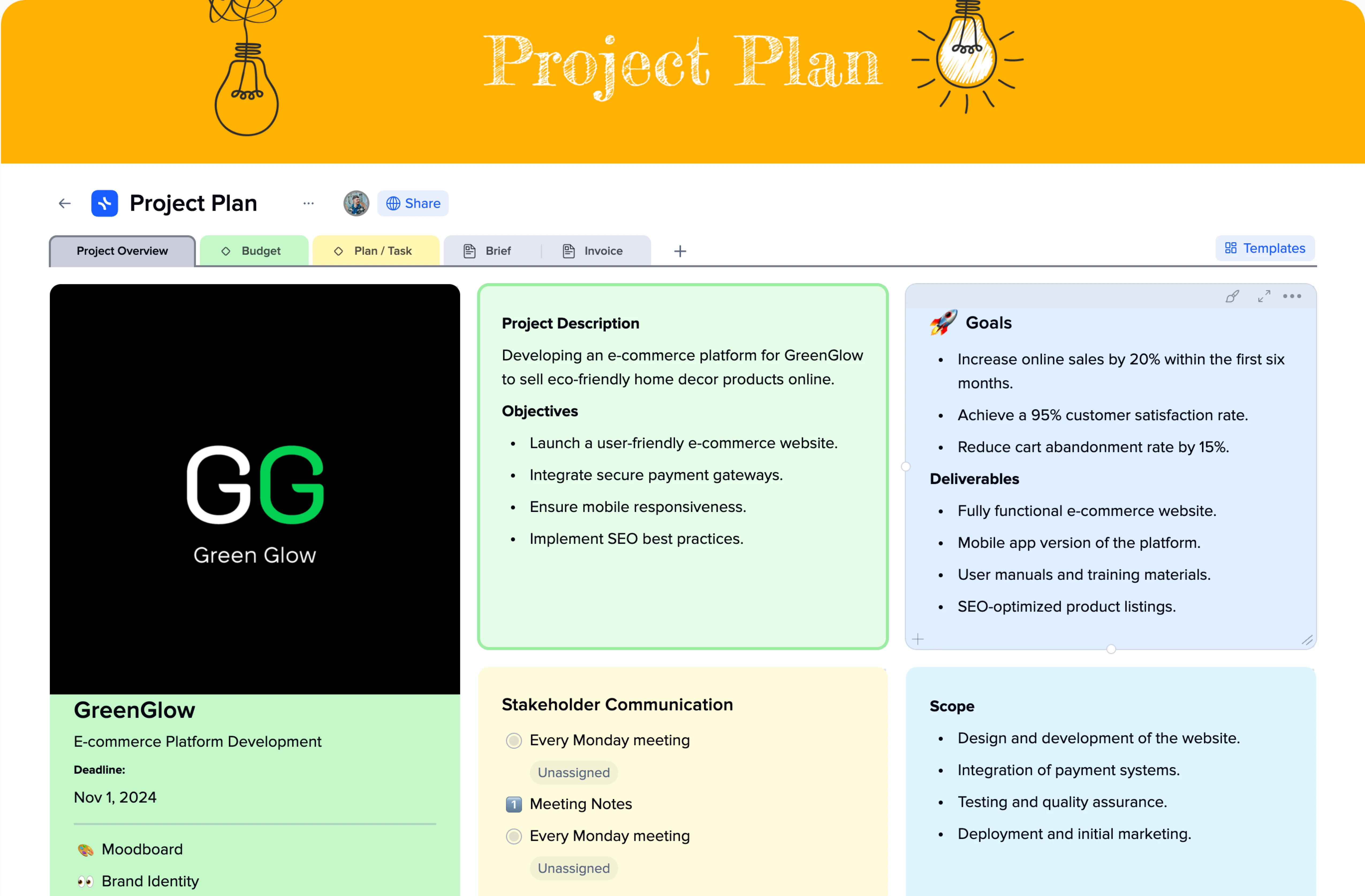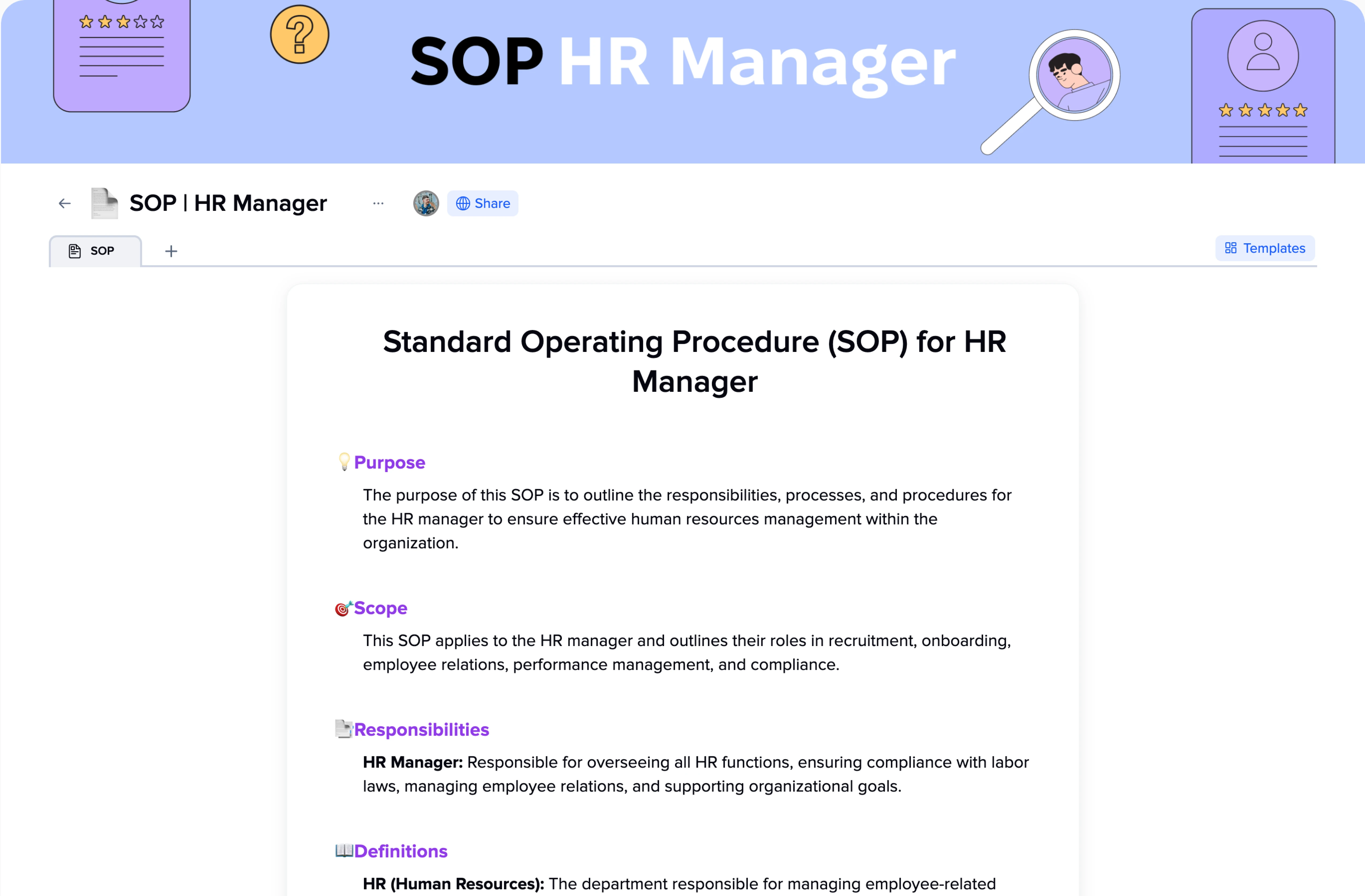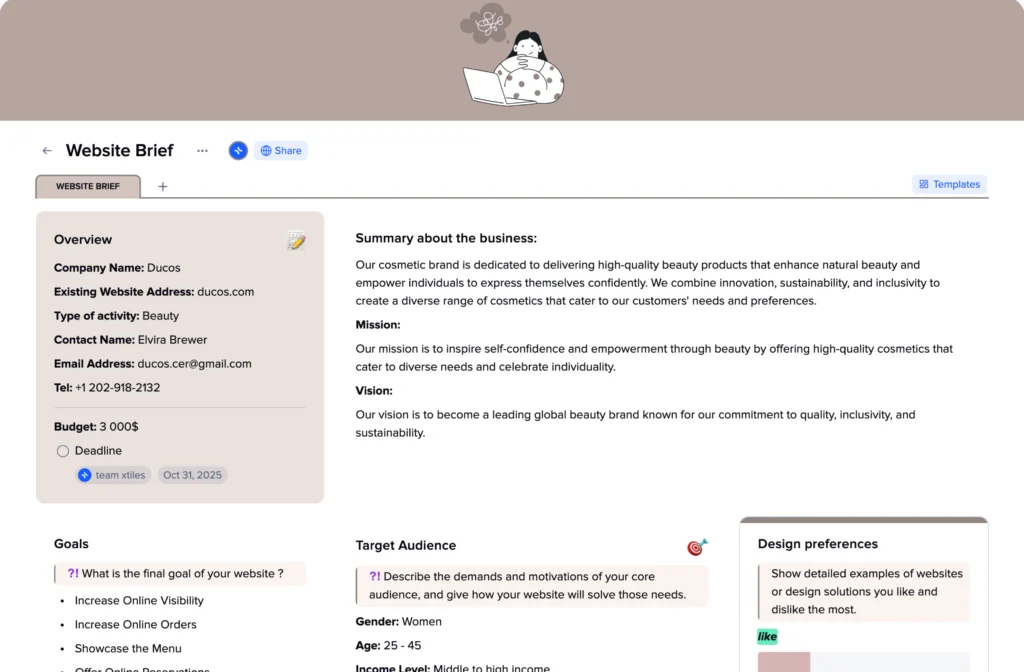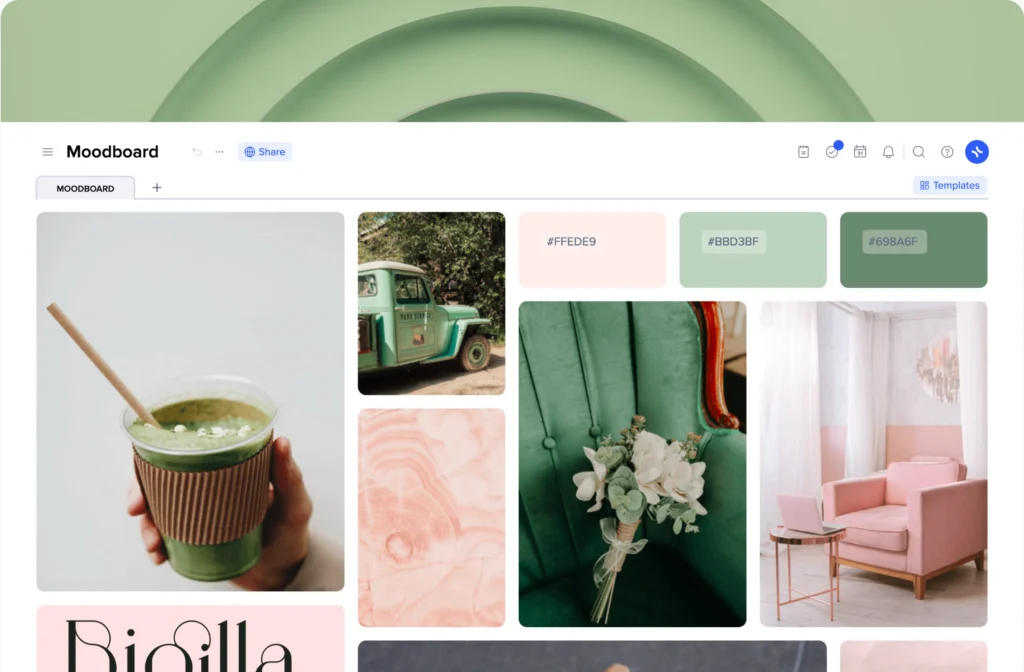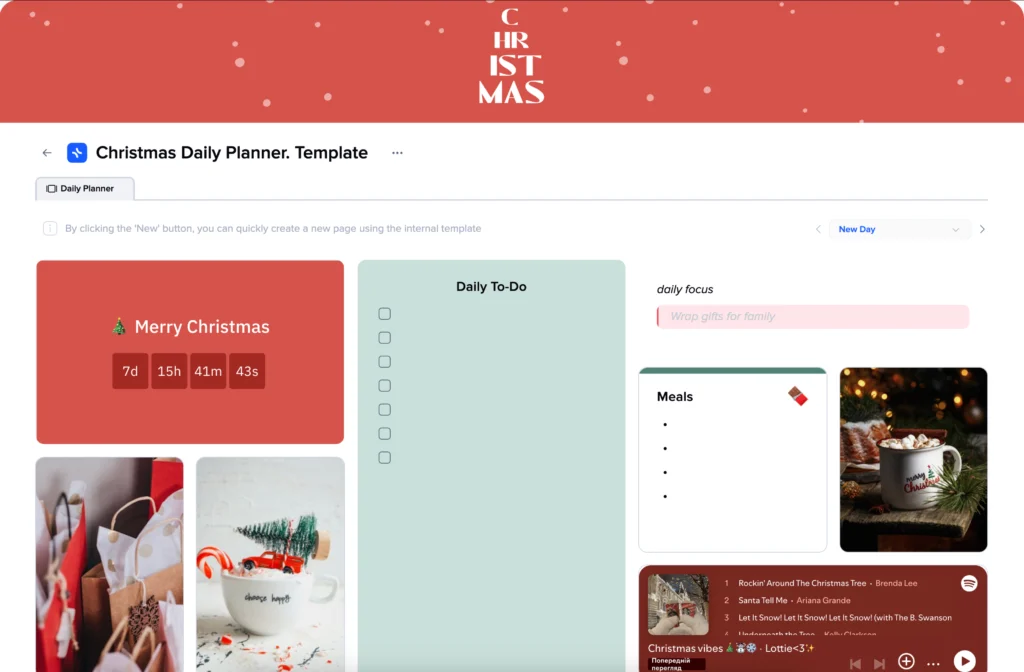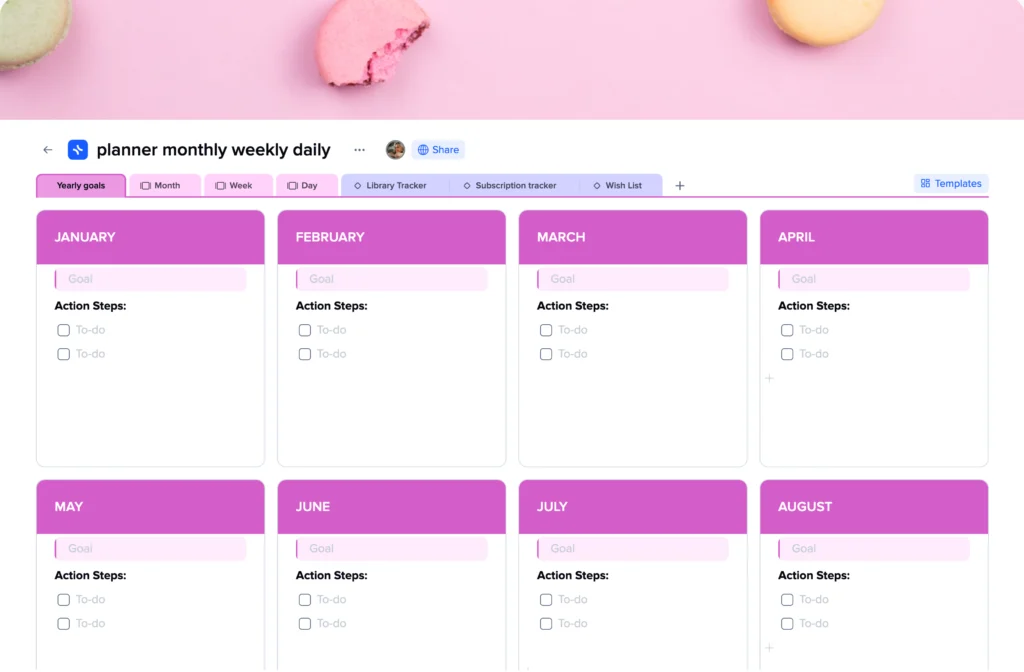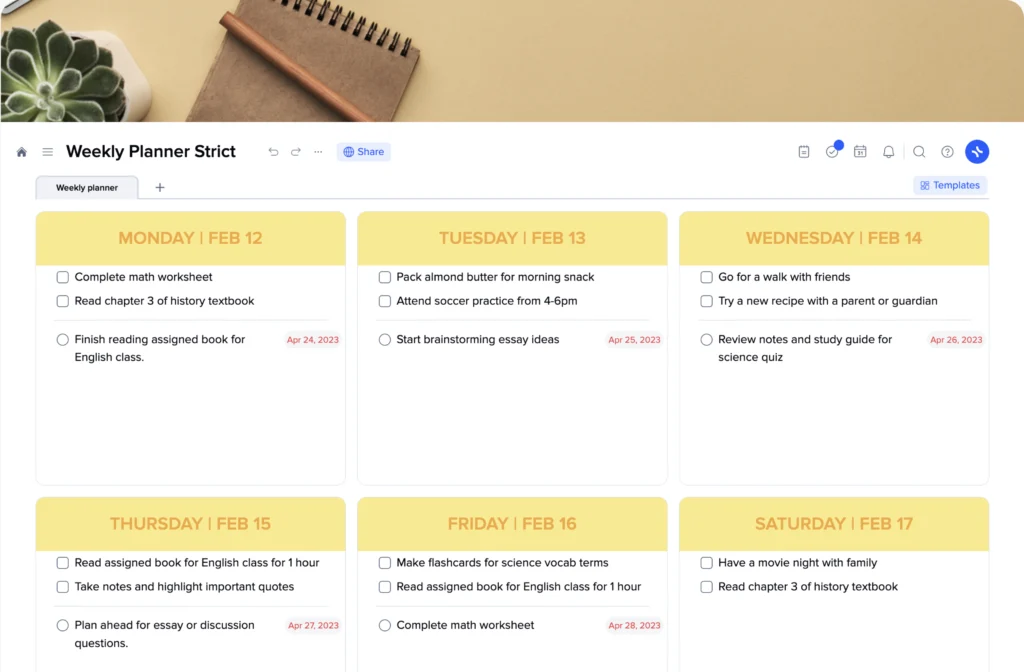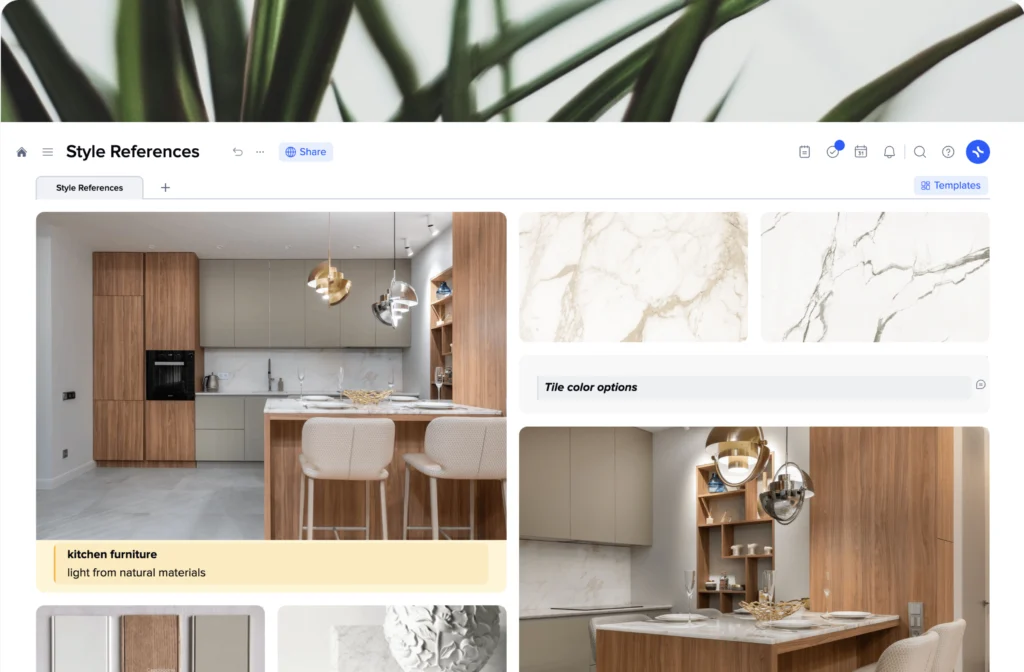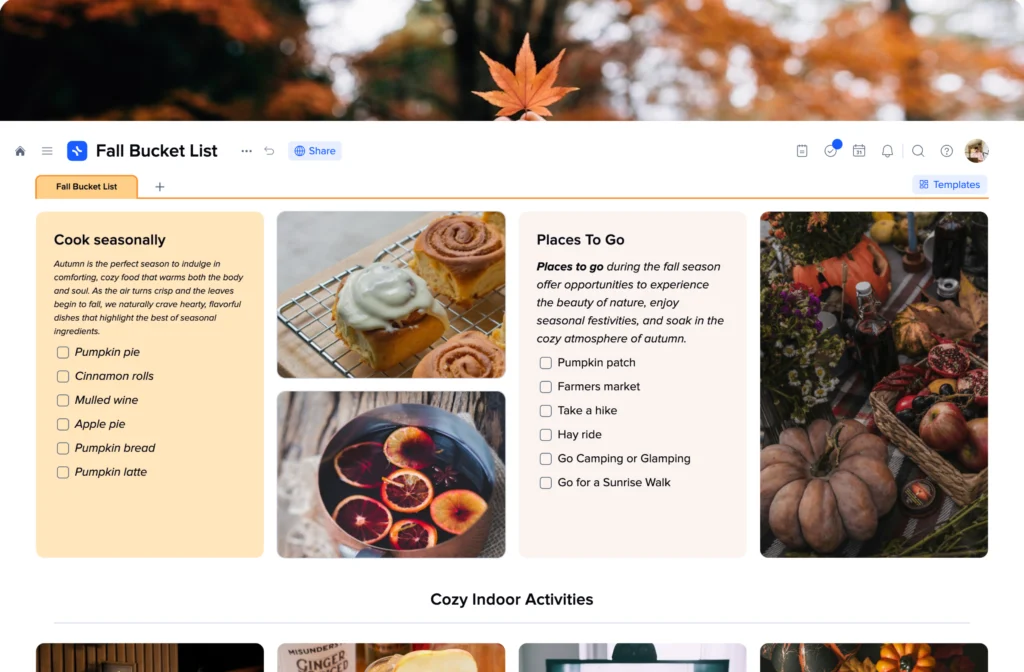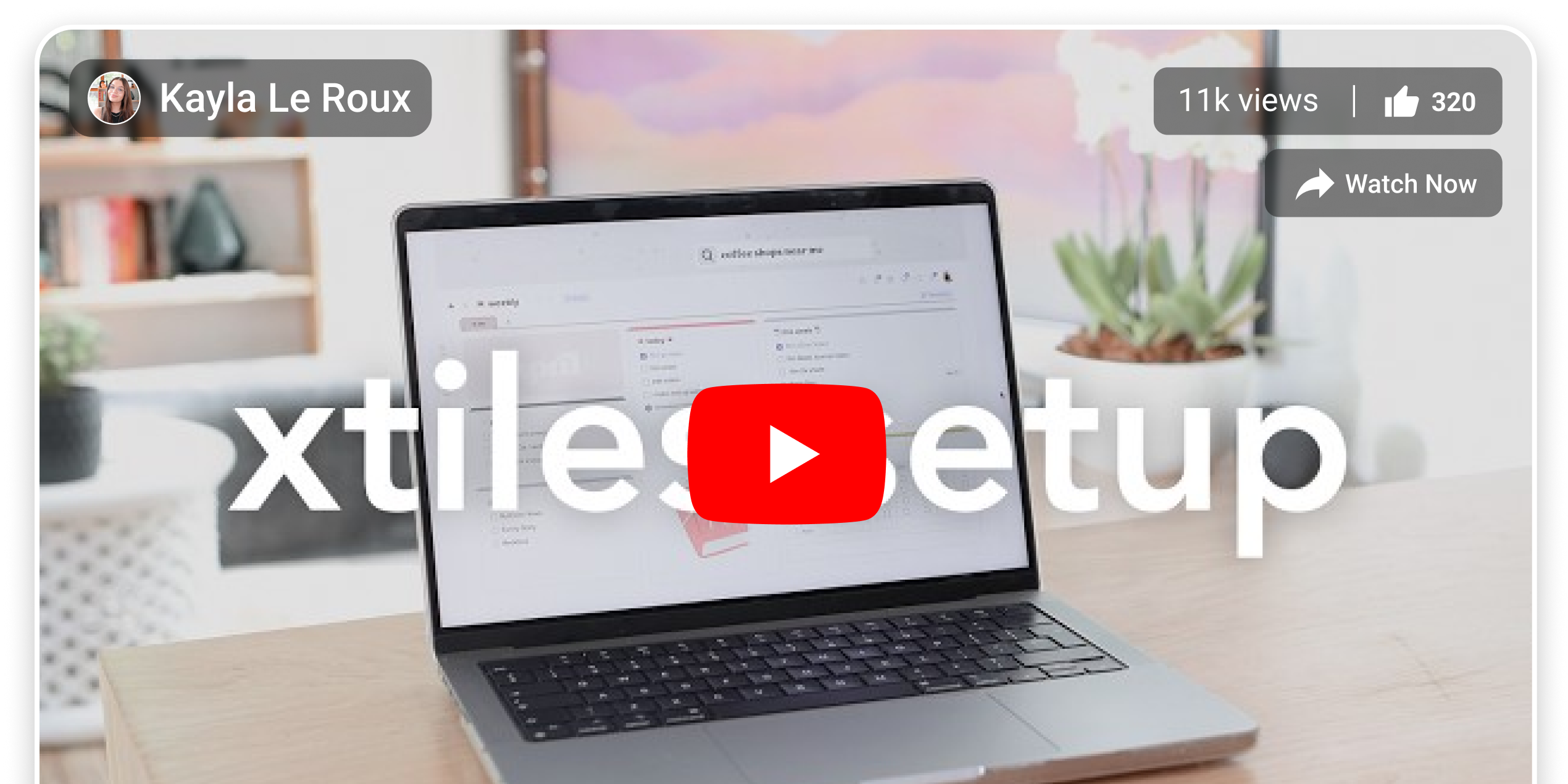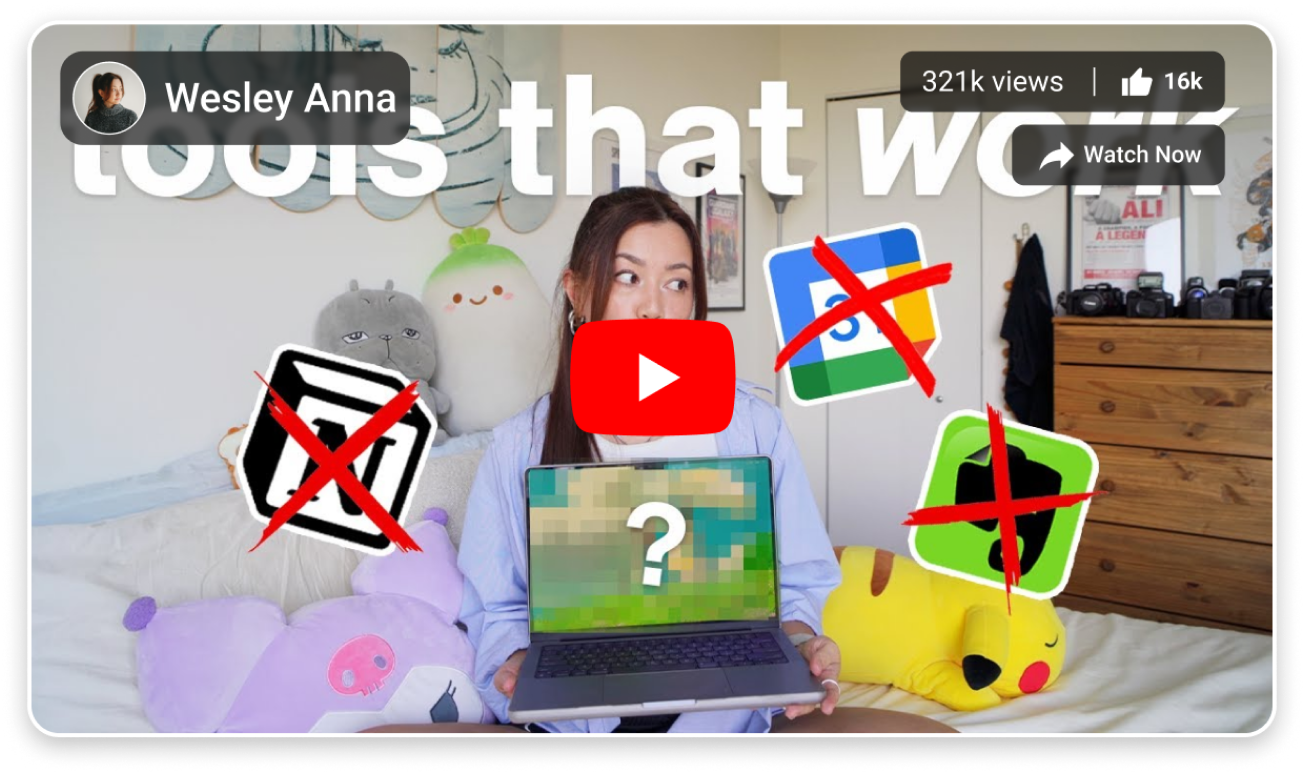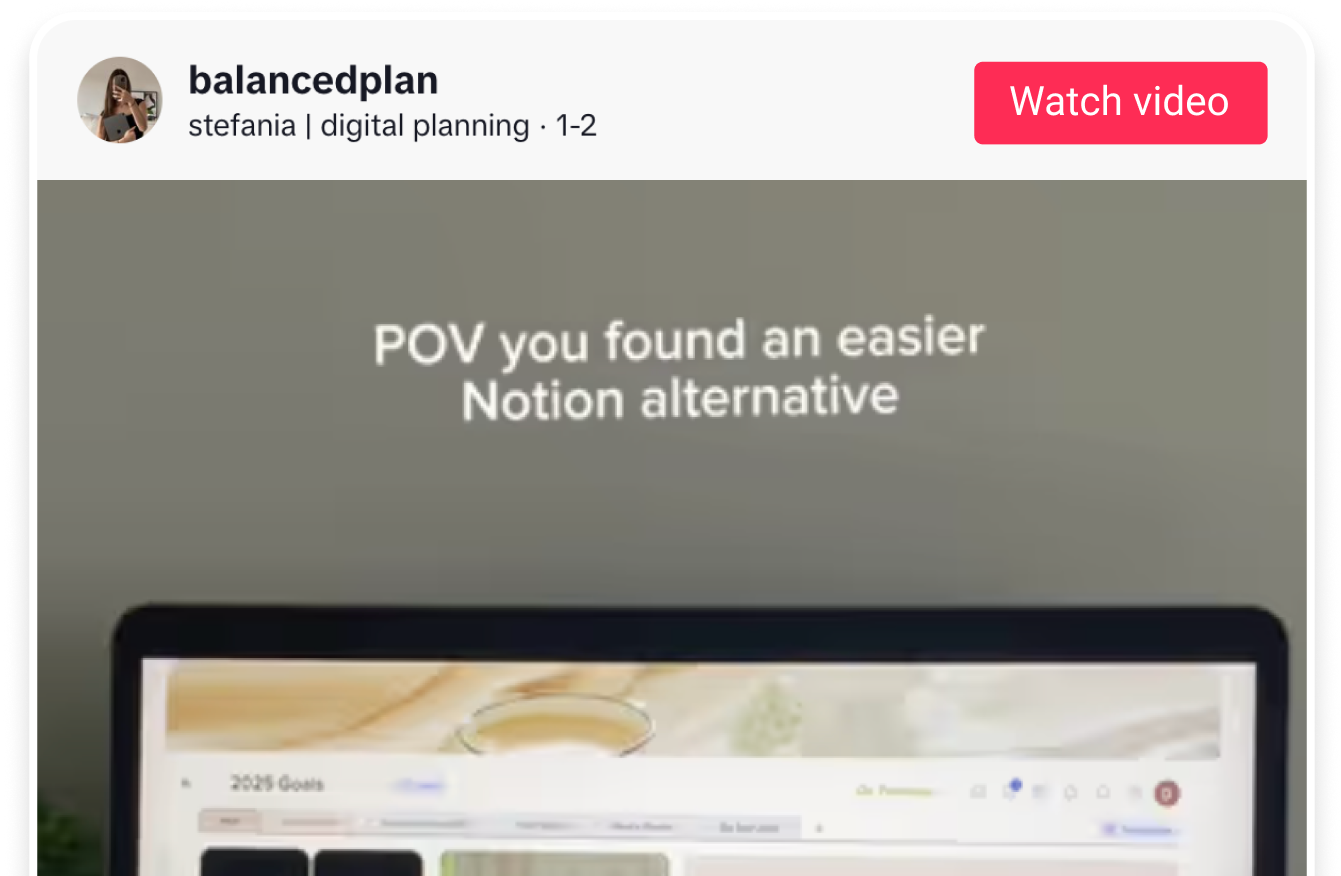How to build a graphic design portfolio that will work
There are many things to consider before you start building your portfolio, even if you’ve decided to go with a ready-to-use template. These first steps may have a dominant effect on the outcome and whether you will meet your goals with your portfolio or not, so we recommend paying attention and being careful.
The beginning might be the hardest part because there’s a lot to decide. Many people, even experienced and tough design artists, might get stuck in this phase. That’s why we offer you a detailed guide you can apply to our ready-to-use free graphic design portfolio to get the maximum.
Decide on goals you want to reach creating this portfolio
What, in your opinion, will be the natural continuation of your portfolio? A job offer? Many new clients stand in a line waiting till you can start their project? A freelance graphic designer’s portfolio differs from one a person who works in a company should have. Being involved in the marketing process, you should understand that any product (in this case, your portfolio) has to strike straight into the target audience’s minds and hearts.
If you’re creating a portfolio to get a job in an agency or company, showcase work that was created within the context of a team or organization. In case you have been an independent contractor during all of your career but now you want to join a team, demonstrate larger projects or campaigns that had involved cooperation with other marketing specialists.
If you’re creating a portfolio as a freelancer, showcase work that describes you as a highly versatile and flexible artist. Show many contexts and how you managed them in your designs.
If you’re not sure about your intent, you may get two different portfolios and use them according to the situation.
And suppose there are no old projects to put into your portfolio because you’ve only started your graphic design career. In this case, create something that will be representative of your skills and style.
Choose your style
Your portfolio can correspond to your designs. However, if there are many different examples to showcase you as a multifaceted artist, it might be challenging.
Also, we don’t recommend distracting people from your work. That’s why a flamboyant or too expressive design of the portfolio document might play a bad trick to its main subject – your works.
The structure and design we offer you in our template is simple to grasp yet not boring. It helps to keep the reader’s attention on what is important – your work. However, it’s also highly editable and easy to customize, so that you’re free to come up with your own solutions to present your work in the best possible way.
Don’t be afraid of innovations and brave moves
Many people still consider portfolios to be a folder with printed examples of previous projects. Thankfully, today it’s not true most of the time. No tree has to die to help you find a job.
The best way to make your portfolio accessible for as many prospect clients as possible is to have it available online. For example, the xTiles graphic template allows sharing with anyone on the internet and the ability to edit. In other words, you don’t have to upload a new file each time you add a new project or concept art.
Don’t put everything at once
Yes, you need to prove your professionalism and wide experience but you don’t need to scare your potential client with a pile of everything everywhere all at once.
First of all, you will need to structure all that you’re about to show and chronological order might not be the best one as your first work might not have enough potential to convince someone to hire you. Besides, structuring everything might take a lot of time, and we’re here to save it.
Then, even if you manage to compile all of your examples in a nice and attractive way, a person might not have enough time to go through all of them. So, we recommend remembering one of the fundamental rules of design – white space will do good. Don’t consider every empty zone of your portfolio a disadvantage as it makes it lighter and more elegant.
Quality is more important than quantity
As we already mentioned above, throwing all that you have into your potential client is not the best way to at least keep their attention. Resist the temptation to add as many pieces of your previous work as possible. Instead, concentrate on quality.
Choose only your best work. It might be really hard because all of them seem special. However, a few great examples may be enough to convince someone that you are the perfect choice.
Besides, you can present them with other projects during the interview.
Also, it’s important to remember that quality is also about your pieces. Let the digital content you choose for your portfolio will be of high quality, so that people can make out all the details. xTiles allows you to upload files up to 500 Mb in free tier.
Update your portfolio regularly
When your portfolio has played its role and you got what you wanted, don’t put it off until you need it again. Keep it up to date regularly. Add your new projects. Maybe you don’t consider the old examples to be representative anymore, so replace them with newer ones.
Also, it’s important to update your contact information too. It might seem like you’re invisible to clients when in reality there are a lot of people who would want to work with you, but they can’t reach out to you.
Mistakes to avoid when building a graphic designer portfolio
A graphic designer portfolio is supposed to sum up your experience and show why you’re the best suitable candidate for the job. It’s not the same as the resume, yet for many it plays a double role. That’s why it’s important to treat your portfolio with care.
Details are very important. They can ruin everything or spoil your portfolio making you an unattractive candidate. So, we made a list of things for a graphic designer to avoid when building a portfolio.
Too much text will kill you
You don’t need to distract your potential client from your work examples. When providing them with context for each project, try to be laconic. Give only the main points, the rest can be discussed during an interview.
Unnecessary details won’t show that you’re willing to talk about your projects. On the contrary, it might represent your lack of self-confidence. Let your work speak for itself and leave people room for their own interpretation.
Also, don’t forget to check your text on typos and grammatical errors. Even though you’re not trying to get a job as a copywriter or a proofreader, mistakes might represent you as a person with a lack of attention to detail.
Neglecting contact information
Even if you have a resume and usually send them both, add your contact information to your portfolio too. Documents might get lost, but a small section for your phone number and email in your portfolio may be an immediate response to someone’s impulse to choose you.
Being humble
If you’re a person who can’t praise themselves but waits for others to recognize your work worthy, it would be better to not follow this line in your portfolio. That’s the exact place where you must show off. Otherwise, how else can your clients learn what a great graphic designer you are?
No photo
Don’t forget about your photo. Let them see what person stands behind these designs. It will help to break the ice, and the moment you meet for the first time, whether in real life or in Zoom, your face won’t be the face of a stranger to your interviewers.
Additionally, you can add a photo in the style of your designs, creating the red line that leads from your work to you as a personality.
You may go further and include to your designer portfolio a short video about your work and why you love it. Don’t be shy or afraid to tell people why you’re passionate about your work. Clients and employers are more likely to work with artists who are willing to speak about their job.
Monotony
When choosing your best work, don’t choose only those that are dedicated to a similar subject or were created for one project. Try to show different examples, proving that you’re flexible and can handle tasks of different kinds.
It won’t ruin the consistency of your portfolio. On the contrary, it will prove that you have a unique style that is easy to detect in all of your projects.
Not showing the process
Seeing how you work and how you approach design problems may be a serious argument for hiring you. Your sketches, ideation process, and prototypes you create are important to understand what kind of a worker you are.
You may add a link to your personal blog on Instagram or Behance where you show how you work, your results, your failures and how you solve them.
Also, don’t neglect to add your self-initiated art to your portfolio if you consider it’s a great example of your professional skills and style. That is especially important for novice designers who don’t have a lot of experience and projects under their belt.
Important to remember that junior designers’ portfolios sometimes 100% consists of self-initiated art, but that doesn’t mean they don’t get offers. That’s why don’t be afraid to start!

